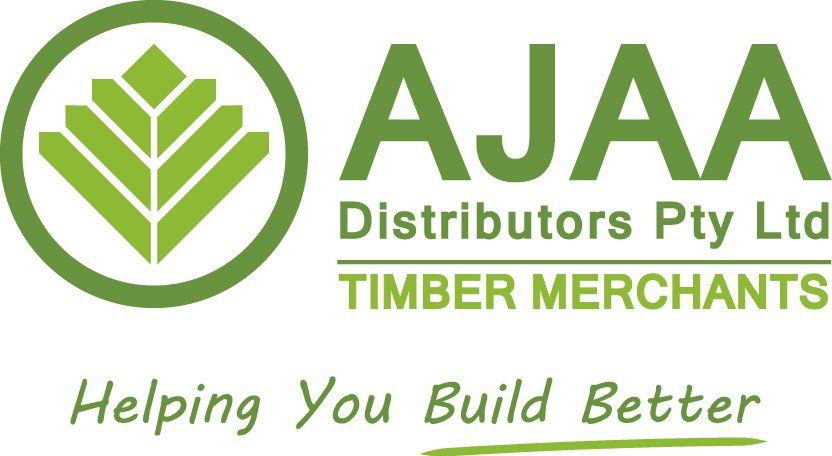High-Quality Timber in Canberra & Surrounds
Helping You Build Better
Spotted Gum
Spotted gum is an excellent multipurpose timber. It has traditionally been used in high impact situations as handles of striking tools such as axes and hammers. It is also one of the best species for preservative-treated poles and has been used in ship and boat building, decorative and hard-wearing flooring and heavy construction.
Mixed Forest Reds
Forest Reds is a blend of medium to large hardwoods harvested from the coastal regions. Timber colour ranging from pale pinks to deep rich reds, which when blended in flooring, give a particularly warm, luxurious appearance.
Vitex/New Guinea Teak
Vitex produces a beautiful olive-grey wood with an attractive banded or striped pattern on quarter-sawn faces. Often referred to as New Guinea teak, having similar properties and uses to that of teak (Tectona grandis), and belonging to the same family of Verbenaceae. Many trees are of relatively poor form, being heavily fluted in the bole, thus minimising sawn recovery. The wood is distinctly greasy to the touch.
Yellow Balau
Balau is a hardwood native to Asia where, given its durability, it is widely used within the construction industry. Over recent years, it has significantly increased in popularity in both Europe and America, with high-end customers recognising the attributes that make it particularly suitable for use in decking. Its colouration has also brought it to the fore of the market, as its light to mid browns and sandy red/oranges give it an eye-catching, contemporary look, particularly when wet.
Northern Box
Northern Box decking is an imported decking board that is often likened to brush box. This decking board is also known as pelawan and is a very durable and hard timber. Northern box wood is great for external decking.
Treated Pine
There are some good reasons for using treated pine decking. Firstly, treated pine decking is an extremely consistent material as each piece used in the deck (bearers, joists, decking boards, etc.) is virtually the same dimension. This makes it much easier to ensure that the deck is perfectly straight and level. Treated pine decking is also very easy to nail, making building the deck or replacing boards very easy. A nail gun is ideal for treated pine decking boards.
Malas
The colour of sawn timber may be either brown, red/brown or orange brown. Sapwood is paler and not clearly defined from truewood. The grain is usually straight but occasionally deeply interlocked. It is virtually unfigured. The texture is fine and even. It is non-lustrous and non-siliceous. It has a distinct iodine-like odour that is persistent.
Cypress Pine
The heartwood can range in colour from dark chocolate through to pale fawns. The sapwood is a pale yellow. Cypress is easily distinguishable with its feature of black or dark-coloured knot holes contrasting with the heartwood and sapwood. It also has a distinctive smell which is quite noticeable when the timber is freshly installed or sanded.
Kapur
Kapur wood exhibits a class 2 durability, making it ideal for use in general construction. It makes an attractive material for flooring and staircases. The timber is also highly prized for external joinery, in particular for door and window sills, as it is resistant to decay when fully exposed to the weather.
Silvertop Ash
Silvertop Ash is a hardwood, and so is very durable but still easy to tool and nail. It is, however, prone to splintering so care must be taken when nailing and sanding. Likewise, Silvertop Ash is not termite resistant, so all boards must be well treated before installation and regularly maintained.
Jarrah
Jarrah is a high-density and extremely hardwearing hardwood, which ranges in colours from dark pink to deep reddish browns. With an even texture and interlocking grain, Jarrah reflects light to give great lustre and depth to its appearance, while highlighting the natural characteristics. A Jarrah Floor is the perfect choice to complement any interior space and will provide many years of lasting beauty.
Wormy Chestnut
Deep in the forests of southern eastern Australia, the trees are affected by wildfires, years of drought, attack by insects, the occasional flood and winds so strong that the trees stunt their growth to cope with the environment. It is from these trees that Australian Wormy Chestnut is born with each piece showing nature's signature. Deep red gum veins formed by fire, ambrosia beetle marks, pin holes and squiggly worm marks are all reflected in Australian Wormy Chestnut.
Western Red Cedar
Western Red Cedar is a softwood, commonly used in both structural and aesthetic building projects. Originally native to North America, it is now grown all over the world, and a popular timber for use in architectural projects.
Oregon Pine
Traditionally, Oregon pine was used in mast building due to its ability to resist bending loads without fracturing. This was based on using older native forest wood with a high number of growth rings per inch. This sort of wood is seldom available new but can be sourced from merchants dealing in recycled timber. Large-sized Oregon pine, as used in beams, is inclined to split as it dries, like oak, but this does not reduce its strength.
LVL
I-joists
LVL
Laminated Veneer Lumber is a high-strength engineered wood product made from veneers bonded together under heat and pressure. It is used for permanent structural applications including beams and rafters.
I-joists
Is an Engineered Wood I-Joist manufactured with Laminated Veneer Lumber flanges top and bottom joined with an Oriented Strand Board (OSB) web.
For quality timber and service that is second to none, get in touch with our friendly team today.
Contact Details
P:
02 6297 3666
E:
sales@ajaa.com.au
A:
21- 23 Bass Street, Queanbeyan, ACT 2620, Australia
Business Hours
- Mon - Fri
- -
- Saturday
- -
- Sunday
- Closed
More Info
ABN: 27 008 552 298
Area Serviced
Canberra & Surrounds
